Exploring the Intersection of Brain Imaging and Autism
Advancements in neuroimaging technologies, particularly MRI, have opened new frontiers in autism research. They offer unprecedented insights into the brain structure and function of individuals with autism spectrum disorder (ASD), sparking hope for earlier diagnosis and intervention. This article delves into the science behind these imaging techniques, their potential for identifying autism-related brain differences, and how these findings relate to behavioral therapies like Applied Behavior Analysis.
Neuroimaging and Autism: What Can MRI Reveal?
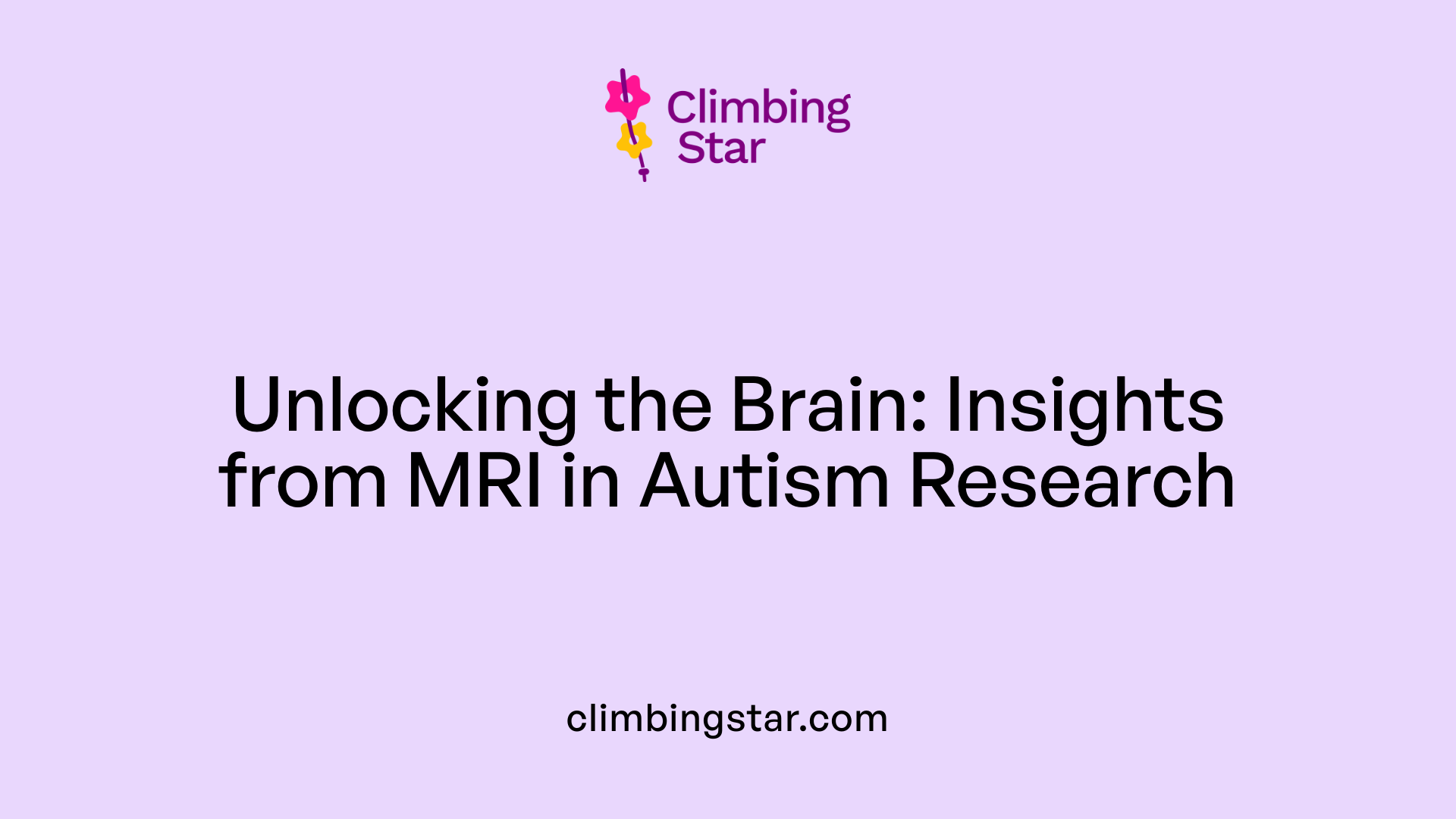
Functional MRI in Autism Research
Functional MRI (fMRI) is extensively used in autism studies to observe brain activity patterns. Research shows that children with autism often have heightened activity in sensory regions, such as those processing noise and touch. This increased sensory response can explain some of the sensory sensitivities seen in autism. Moreover, fMRI helps identify how different brain areas connect, revealing increased connectivity in sensory processing regions but decreased connectivity in frontal areas related to social and attention functions.
Structural Brain Differences in Autism
Structural differences in the brains of autistic individuals have also been detected via MRI. For example, abnormalities in brain architecture appear early in development, even before behavioral symptoms become evident. These differences include variations in brain volume, growth markers, and synaptic density. A groundbreaking PET study has shown autistic adults possess 17% fewer synapses compared to neurotypical adults, correlating with greater autism-related social and behavioral features. While MRI does not directly measure synapses, it captures structural changes linked with autism.
Early Physiological Changes Preceding Symptoms
MRI studies on infants as young as six weeks old aim to identify early markers that precede autism symptoms. Advanced imaging techniques combined with artificial intelligence can predict autism diagnosis in high-risk infants at 6 and 12 months with around 81% accuracy, far earlier than typical behavioral diagnoses done at 2 years old. These early brain differences, reflected in connectivity and volume growth, support the possibility of earlier identification and intervention.
Will Autism Show on MRIs?
MRI, particularly functional MRI, can reveal brain differences associated with autism, including abnormal connectivity and sensory region activity. However, MRI alone is not a definitive diagnostic tool. Instead, it provides important biological insights that, especially when combined with advanced analytic methods like machine learning, can enhance early detection and understanding of autism's neural basis.
Early Detection Through Advanced Brain Imaging and AI
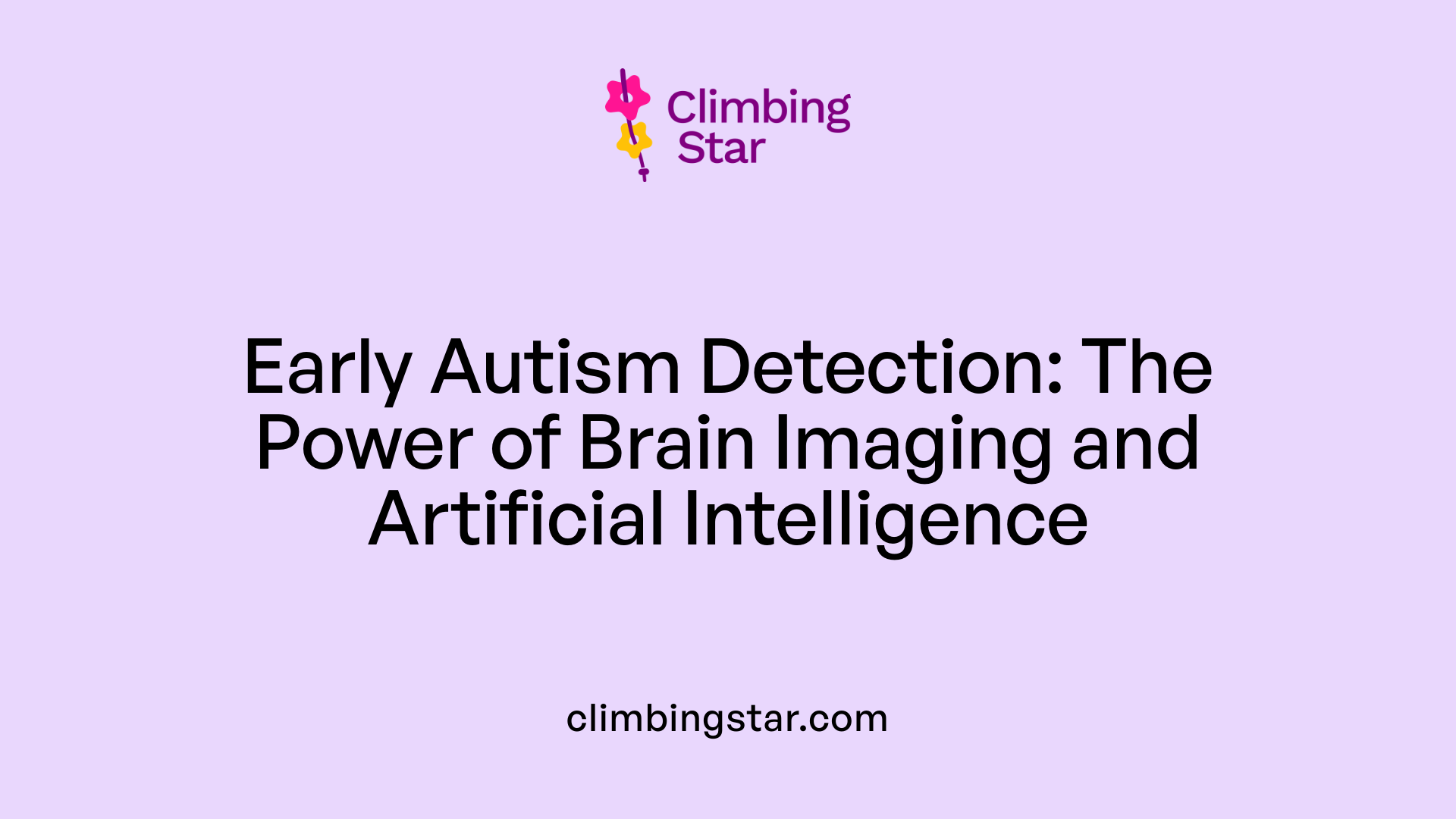
How can MRIs combined with artificial intelligence aid in early autism diagnosis?
Magnetic Resonance Imaging (MRI) combined with artificial intelligence (AI) is revolutionizing early autism detection. Studies from the UNC Autism Research Center have demonstrated that MRI scans analyzed with advanced AI and machine learning algorithms can predict autism diagnosis in high-risk infants as early as 6 and 12 months with an accuracy of 81%.
AI models process detailed neuroimaging data such as brain volume, brain growth trajectories, and connectivity patterns, which are not easily observable through traditional behavioral evaluations. These subtle early brain growth markers help differentiate children who will develop autism from those with typical development, often a full year before conventional behavior-based diagnoses are possible.
Predictive accuracy for autism diagnosis in infants
The AI-driven approach leverages techniques like deep learning and multilayer perceptron classifiers to interpret complex MRI data. This results in a high predictive accuracy, with some models achieving an area under the curve (AUC) close to 0.98, underscoring the method’s robustness.
This innovation is particularly impactful for children at high risk of autism, such as siblings of autistic individuals, providing clinicians critical lead time for early interventions that can significantly improve developmental outcomes.
Early brain growth markers
The MRIs focus on identifying specific brain markers such as atypical volume growth and altered connectivity, particularly in regions responsible for social interaction and sensory processing. These early neuroanatomical differences are measurable within the first year of life, offering objective biomarkers to supplement clinical observations.
The integration of AI with MRI thus represents a pioneering frontier in autism research, streamlining and enhancing early detection efforts, and potentially transforming care pathways for affected children.
Synaptic Density and Autism: PET Scans Shed New Light
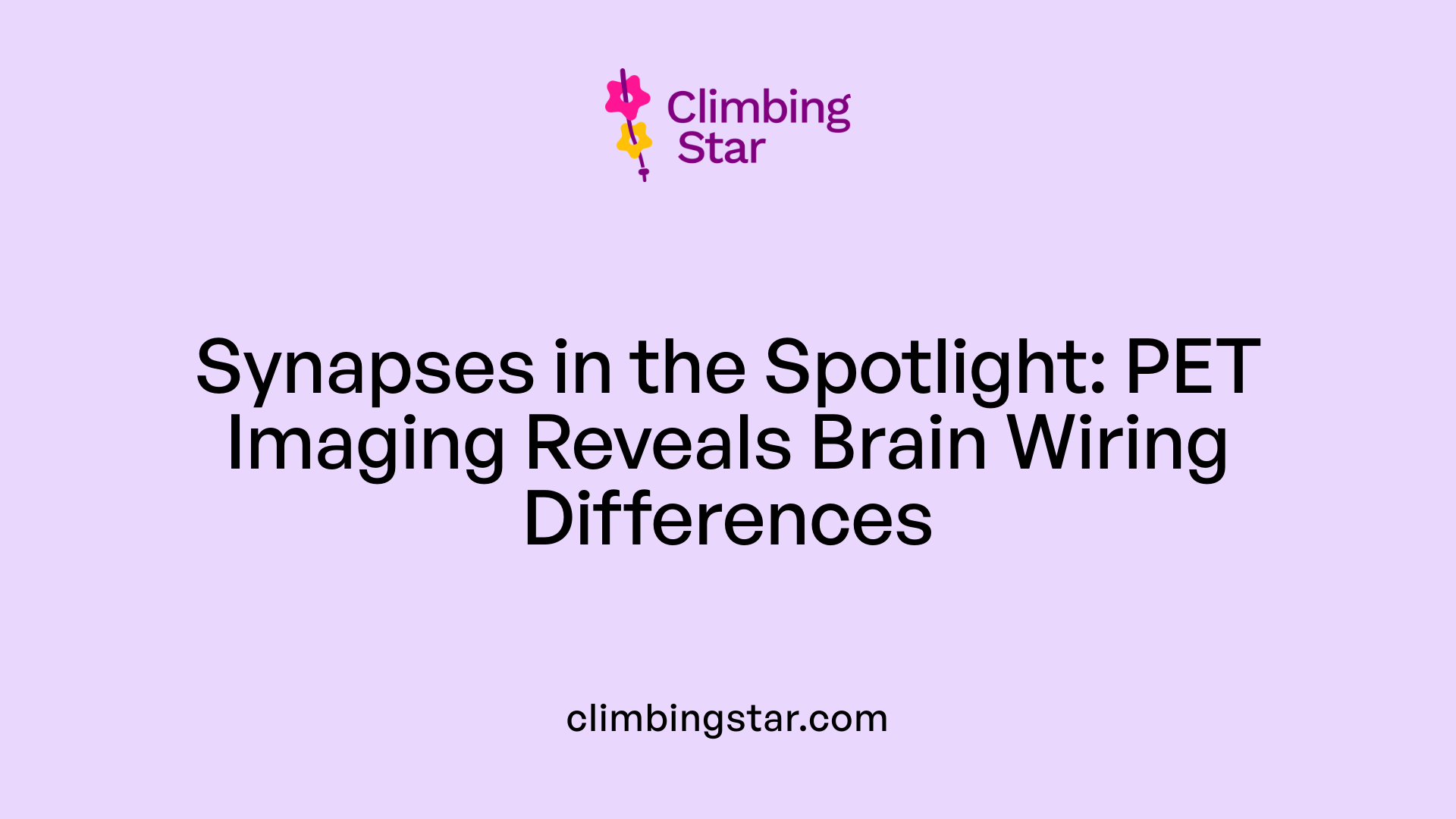
What recent neuroimaging discoveries have advanced understanding of autism?
A groundbreaking study using positron emission tomography (PET) scans has revealed that autistic adults have 17% fewer synapses in their brains compared to neurotypical adults. This reduction in synaptic density is the first to be directly measured in living individuals with autism, highlighting a significant biological difference associated with the disorder.
Findings of synapse reduction in autistic adults
The study involved 12 autistic adults and 20 neurotypical controls, all evaluated through standard clinical and self-report assessments. Researchers found that fewer synapses significantly correlated with increased autism-related features such as social-communication difficulties, reduced eye contact, repetitive behaviors, and challenges in understanding social cues. These findings suggest that synapse loss may underlie core behavioral characteristics observed in autism.
Novel radiotracers enabling in vivo measurement
The ability to measure synaptic density in vivo was made possible by using a novel radiotracer called 11C‑UCB‑J, developed in collaboration with the Yale PET Center. This tracer binds specifically to synaptic vesicle proteins, allowing for precise visualization and quantification of synapses within the living human brain. This technology opens up new possibilities for understanding autism's neurological basis and could support future diagnostic and therapeutic strategies targeting synaptic function.
Brain Connectivity Patterns Distinguishing Autism
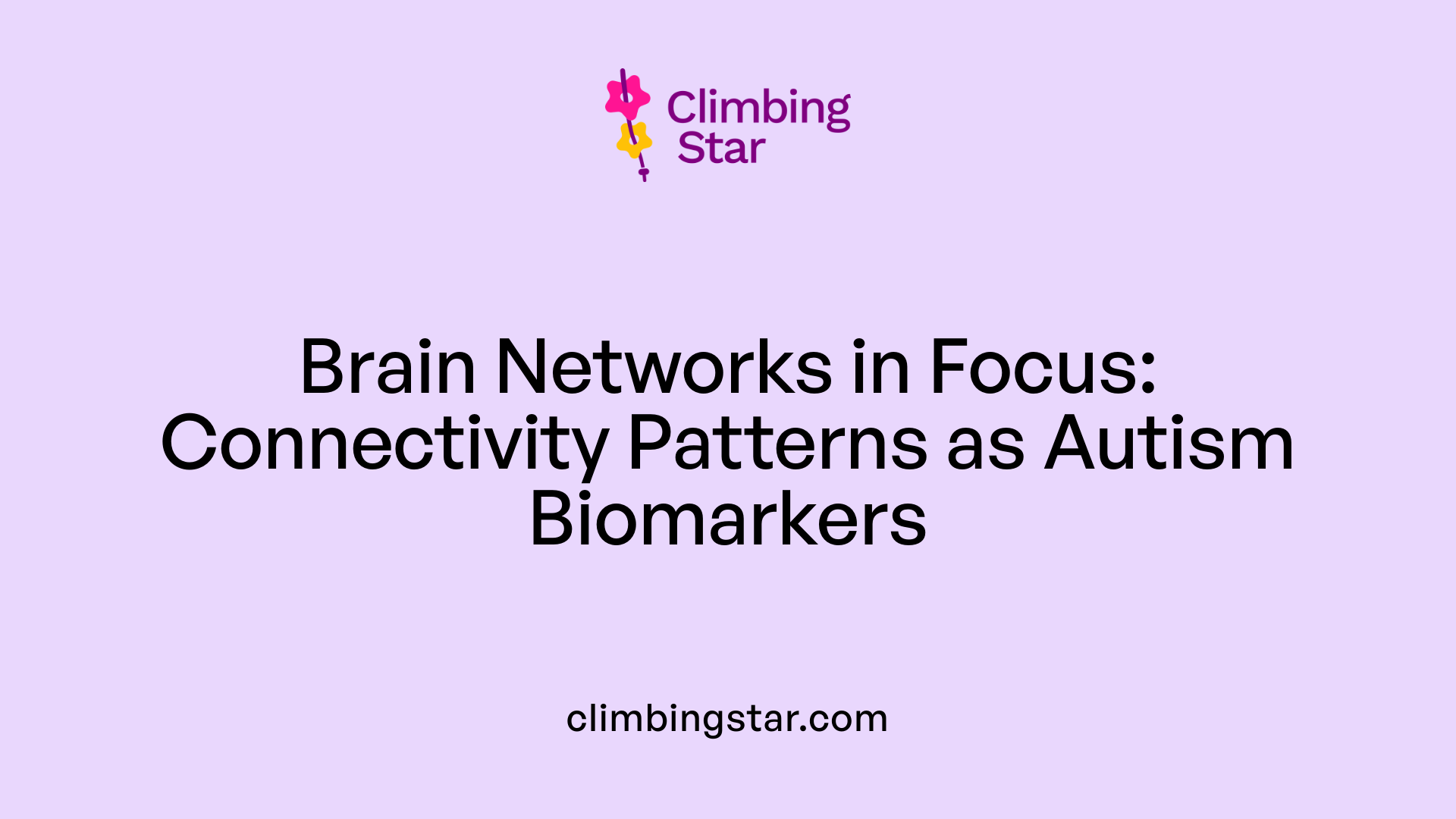
How do brain connectivity differences manifest in autism?
Autism spectrum disorder exhibits distinct patterns of brain connectivity that differentiate it from typical development. Notably, there is increased connectivity within sensory processing regions of the brain. This heightened sensory network activity aligns with observed behavioral traits such as sensory hypersensitivity to stimuli like noise and touch.
Conversely, connectivity is decreased in frontal brain regions responsible for social cognition and attentional control. These reductions may underpin challenges in social interaction and maintaining attention frequently seen in individuals with autism.
Researchers analyze these differences by extracting features from connectivity matrices derived from resting-state functional MRI (rs-fMRI) data. Through such analyses, patterns emerge that reliably distinguish autistic individuals from their neurotypical peers.
Advanced classifiers, such as multi-layer perceptron (MLP) models, have been leveraged to process these connectivity features. These classifiers have achieved classification accuracies of approximately 83.57% and area under the curve (AUC) values near 0.978, demonstrating robust potential as diagnostic tools.
Key brain regions like the Left and Right Lateral Occipital Cortex show characteristic connectivity differences that serve as promising biomarkers for autism spectrum disorder. Overall, functional connectivity analyses provide a powerful, non-invasive approach for early detection and improved understanding of ASD neural mechanisms.
Applied Behavior Analysis (ABA) Therapy and Its Use in Autism
What is Applied Behavior Analysis (ABA) therapy and how is it used to support individuals with autism?
Applied Behavior Analysis (ABA) therapy is a scientific approach focused on understanding and improving behaviors through learning principles. It is widely used to support autistic individuals by enhancing social, communication, and daily living skills.
Modern ABA therapy often involves personalized, play-based techniques that emphasize positive reinforcement to encourage meaningful behavior changes. This approach aims not only to reduce challenging behaviors but also to promote independence and increase participation in community and educational settings.
While some debate exists about the method, ABA remains one of the most researched and supported therapies for autism. Studies have shown it can lead to improvements in cognitive abilities, language development, and adaptive behaviors, helping autistic individuals achieve better outcomes in everyday life.
Overall, ABA therapy provides valuable tools for families and practitioners in supporting autistic individuals across a range of developmental domains.
Who Provides ABA Therapy and How Is It Delivered?
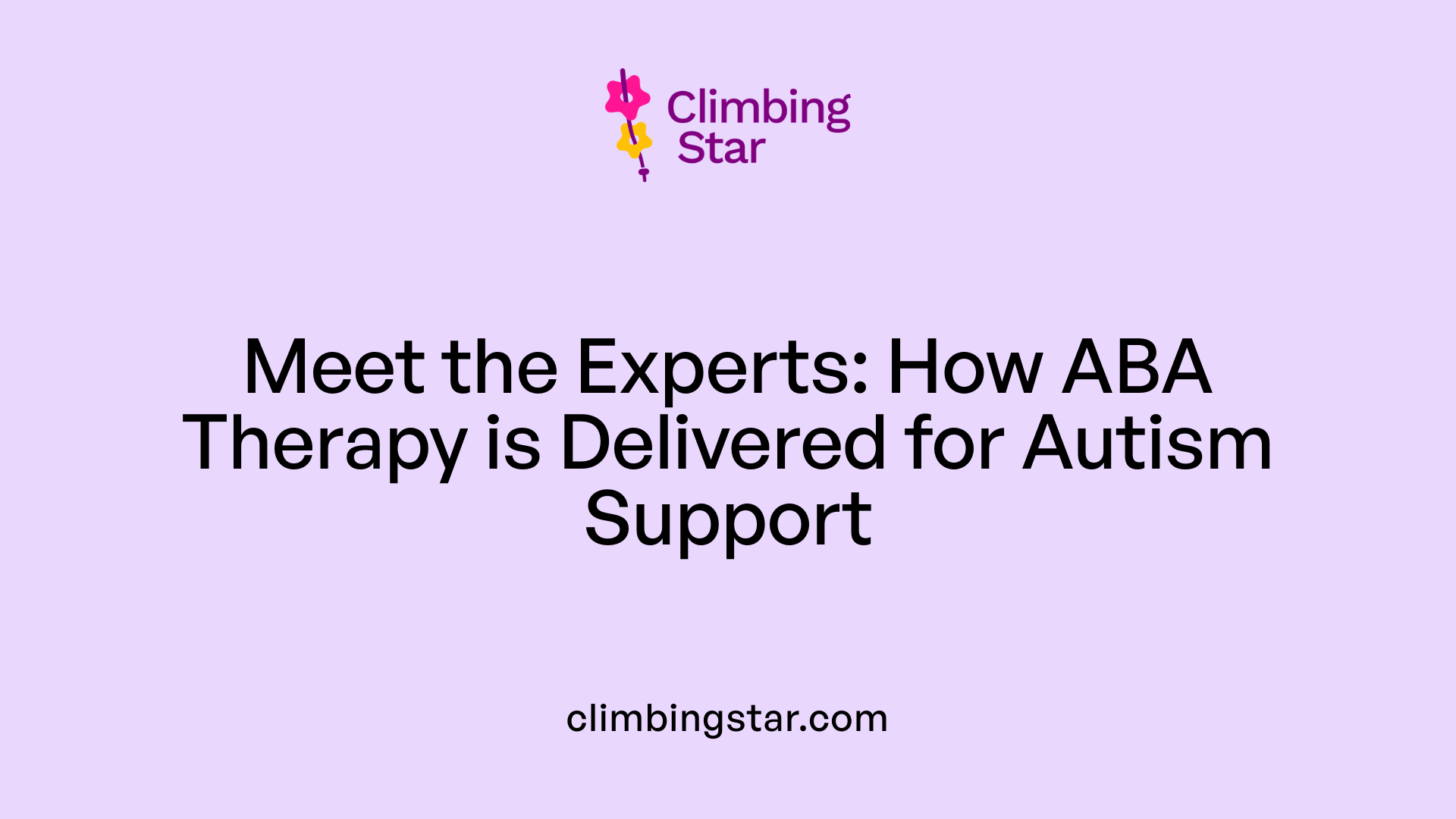
Qualified ABA Professionals
ABA therapy for autism is primarily provided by trained and certified behavior analysts and therapists. These specialists have received extensive education and practical training in applied behavior analysis techniques, ensuring they can deliver evidence-based interventions tailored to each individual's unique needs.
Settings for ABA Therapy
ABA therapy can be delivered in various settings depending on the child's requirements and family preferences. Common environments include specialized therapy centers, the child's home, and schools. This flexibility allows for consistent application of therapeutic strategies across different contexts, promoting better generalization of skills.
Coordination with Families and Healthcare
A crucial aspect of ABA therapy involves close coordination with families and other healthcare providers. Therapists work collaboratively with parents and caregivers to design individualized treatment plans and update them regularly. This teamwork ensures that therapy goals align with the child's developmental needs and overall health care, maximizing the therapy's effectiveness.
Insurance programs like Medi-Cal often help families access qualified ABA providers, making therapy more affordable and accessible. Overall, the combined expertise of certified professionals, versatile delivery settings, and family coordination underscores the robust support system behind ABA therapy for autism.
Benefits and Challenges of ABA Therapy for Autism
Positive outcomes of ABA therapy
Applied Behavior Analysis (ABA) therapy is widely recognized for its effectiveness in improving communication skills, social interactions, and reducing challenging behaviors in individuals with autism. Many studies have documented these positive outcomes, highlighting that consistent ABA interventions can lead to significant developmental gains. This evidence-based approach is often recommended as a cornerstone treatment option.
Time commitment and ethical debates
Despite its benefits, ABA therapy requires a substantial time commitment, often involving many hours per week over extended periods. This intensity can be demanding for both individuals and their families. Moreover, there is ongoing ethical debate surrounding ABA’s focus on normalization and behavior modification. Critics argue that some ABA practices may overlook the emotional well-being of autistic individuals or push for conformity at the expense of individuality.
Balancing skill acquisition with neurodiversity acceptance
A balanced approach to ABA therapy aims to support skill acquisition while respecting neurodiversity. Advocates encourage methodologies that not only address behavioral goals but also honor the autistic individual's unique traits and emotional needs. Emphasizing acceptance alongside intervention helps create more compassionate and person-centered care, fostering improved quality of life alongside developmental progress.
The Future of Autism Diagnosis and Intervention
While MRIs and neuroimaging provide compelling evidence of distinct brain features in autism, they supplement rather than replace behavioral assessments. Combined with advances in artificial intelligence and new imaging techniques like PET, these tools are shifting the landscape toward earlier and more precise diagnosis. Alongside established behavioral therapies such as ABA, this integrated approach holds promise for individualized interventions that support developmental progress and quality of life for autistic individuals.
References
- Brain Development - Neuroimaging in Autism
- A Key Brain Difference Linked to Autism Is Found for the First ...
- MRI Scans Help Parents Get 12-Month Jump on Autism ...
- Resolving autism spectrum disorder (ASD) through brain ...
- The Controversy Around ABA
- Applied Behavior Analysis in Children and Youth with ...
- Applied Behavior Analysis (ABA)







